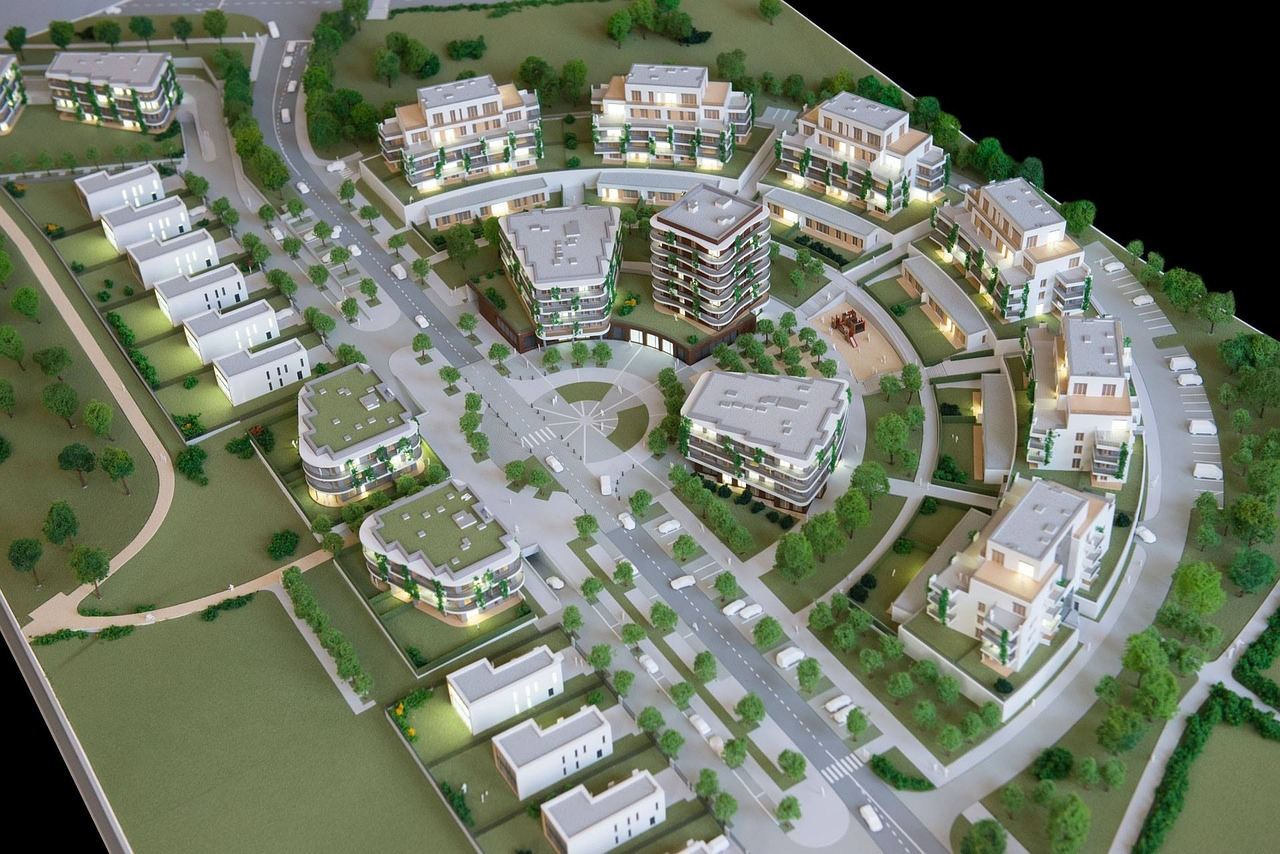In recent years, technological advancements and urbanisation trends have given rise to the concept of smart cities. These cities leverage cutting-edge technologies to improve the quality of life for their residents and create sustainable environments. A critical aspect of building smart cities is comprehensive town planning Gladstone-wide. This article explores the role of town planning in shaping the future of smart cities and how it can revolutionise urban living.
Evolution of Urban Town Planning
Town planning has always been an integral part of urban development. From ancient civilisations designing intricate street grids to modern city planning, the goal has remained the same: to create functional and livable spaces that meet the needs of residents. With the advent of technology, town planning Gladstone has evolved to focus on developing smart cities with advanced infrastructure and efficient resource management.
Key Components of Smart City Planning
Smart city planning involves several key components that ensure seamless integration of technology and urban infrastructure:
- Transportation: Smart cities prioritise efficient transportation systems. This includes intelligent traffic management, integrated public transportation networks, and the development of sustainable modes of transport such as electric vehicles and bike-sharing programs.
- Energy: Town planning in smart cities incorporates renewable energy sources and energy-efficient systems. These include smart grids, solar panels, and efficient waste-to-energy conversion, reducing carbon footprints and promoting sustainability.
- Waste Management: Smart city plannings optimised waste management systems. This involves implementing smart waste collection and recycling methods, reducing landfill dependency, and promoting circular economy practices.

Digital Infrastructure and Connectivity
Digital infrastructure plays a crucial role in shaping smart cities. Town planning focuses on providing high-speed internet connectivity, establishing a robust network of sensors and devices for data collection, and integrating smart technologies across various sectors. Intelligent systems allow efficient monitoring of resources, traffic, and public safety, enhancing the overall livability of the city.
Creating Intelligent Public Spaces
Smart city planning recognises the importance of intelligent public spaces in fostering community engagement and well-being. Town planners prioritise the development of parks, recreational areas, and smart buildings that cater to the needs of residents. This includes the integration of smart lighting, interactive displays, and public Wi-Fi, creating vibrant and connected public spaces.
Enhancing Quality of Life
One of the primary objectives of smart city planning is to enhance the quality of life for residents. Town planners aim to create pedestrian-friendly environments, prioritise green spaces, and improve accessibility for all citizens. Technologies such as smart healthcare systems, emergency response networks, and digital governance services further contribute to an improved quality of life.
Sustainable Urban Development
Smart city planning embraces the principles of sustainable urban development. Town planners focus on implementing green building practices, promoting energy efficiency, and reducing greenhouse gas emissions. Additionally, strategies like rainwater harvesting, efficient waste management, and urban farming are integrated to ensure long-term sustainability.
Citizen Engagement and Participation
Effective town planning in smart cities involves active citizen engagement and participation. Planners facilitate open dialogues and use technology-driven platforms for citizen feedback. By involving residents in decision-making processes, planners ensure that the city’s development aligns with the needs and aspirations of its inhabitants.
Conclusion
In conclusion, town planning Gladstone plays a pivotal role in shaping the future of smart cities. As urban populations continue to grow, it becomes crucial to design cities that leverage technological advancements to create sustainable, livable environments. Through comprehensive town planning that focuses on efficient transportation, energy management, waste management, digital infrastructure, and citizen engagement, smart cities can become a reality.
By embracing smart city concepts, we can build a future where technology and urban planning work hand in hand to improve the quality of life for all residents.
